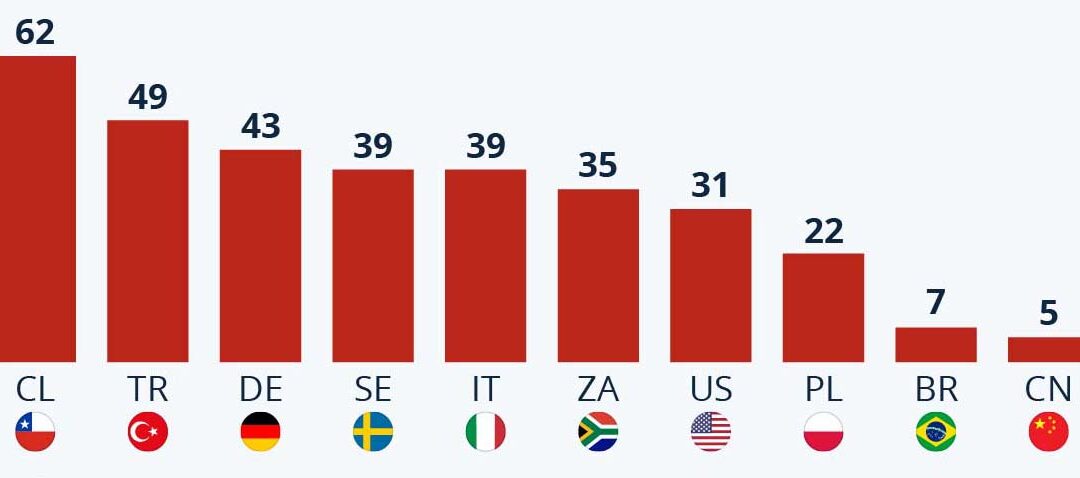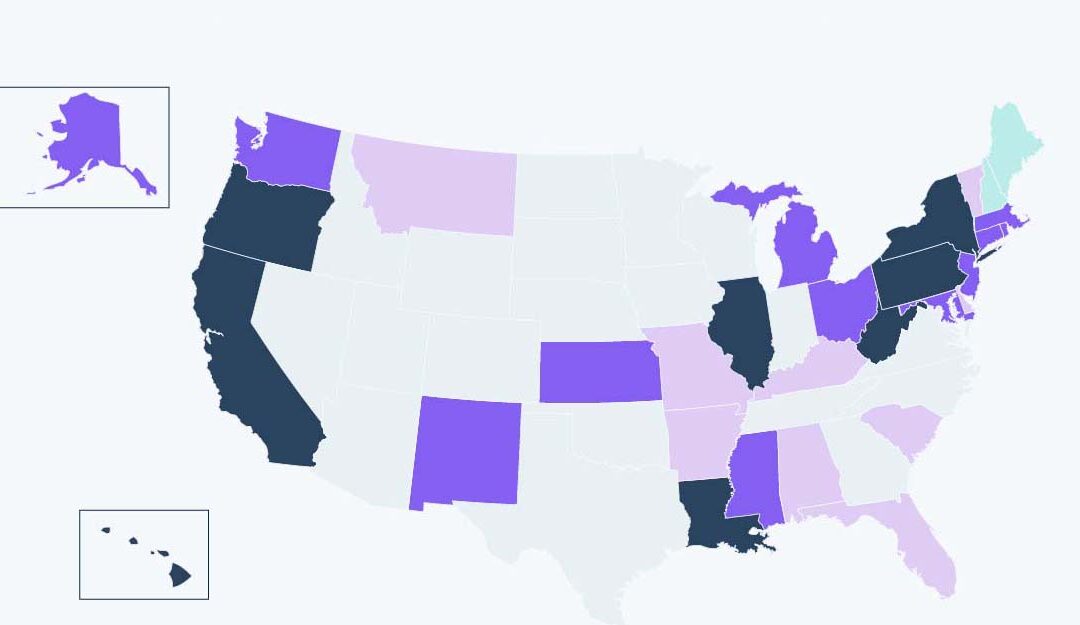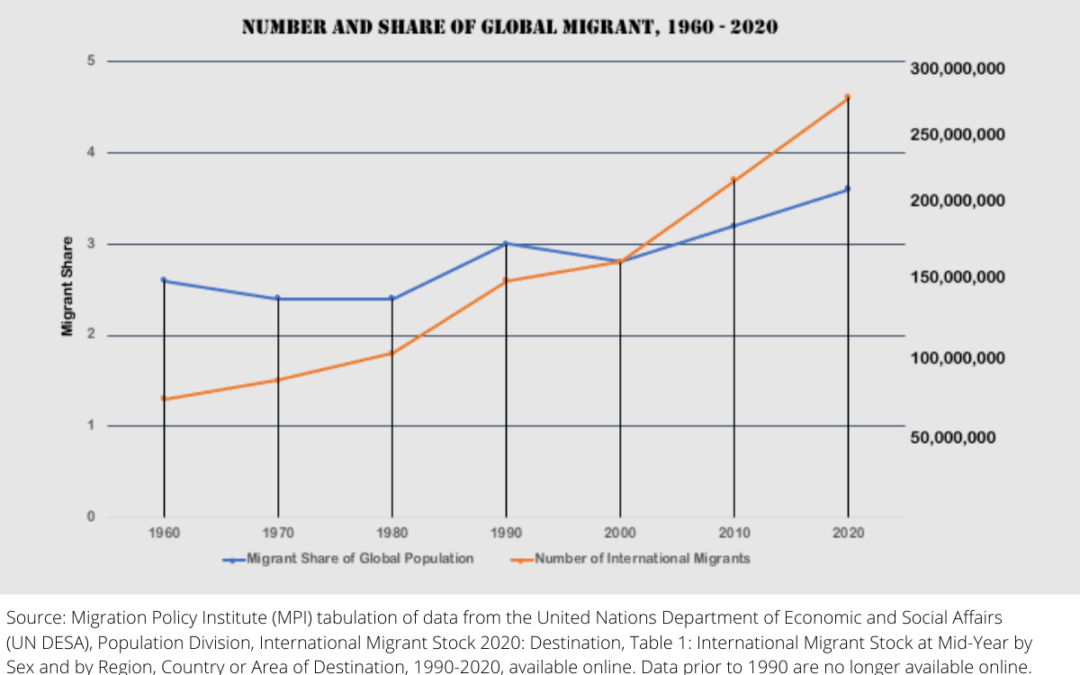
Concern About Immigration Differs Widely
Public concern about immigration varies significantly worldwide. While some countries frequently rank it among their top issues, others prioritize different challenges.

Public concern about immigration varies significantly worldwide. While some countries frequently rank it among their top issues, others prioritize different challenges.

Several U.S. states, including California, New York, and Illinois, are losing population due to domestic outmigration, often driven by high living costs. Despite maintaining higher birth rates than deaths, these states rely on international immigration for population growth.

The number of people living outside their country of origin is continuing to increase for many reasons. To understand what migration will look like in the future, we need to understand migration trends and how they have evolved over time.

A recent analysis of U.S. State Department data reveals that family-sponsored visas, which can include spouses and unmarried children of permanent residents, brothers, sisters and older children of citizens), are making up approximately 40 percent of immigrant visas issued in the U.S. while work-related immigrant visas make up only approximately 5 percent.

In between 2007 and 2017, the total number of undocumented immigrants living in the United States shrank by 14 percent. However, they still made up 23 percent of the total foreign-born population in 2017. So where do these undocumented immigrants live in the U.S.?

According to data from Mexico’s Comisión Nacional de Búsqueda, the number of currently disappeared people in Mexico surpassed 100,000 in the latest update. Although these numbers are staggering, the migration route from Central America to the U.S. is far from the most dangerous when viewed from a global perspective.